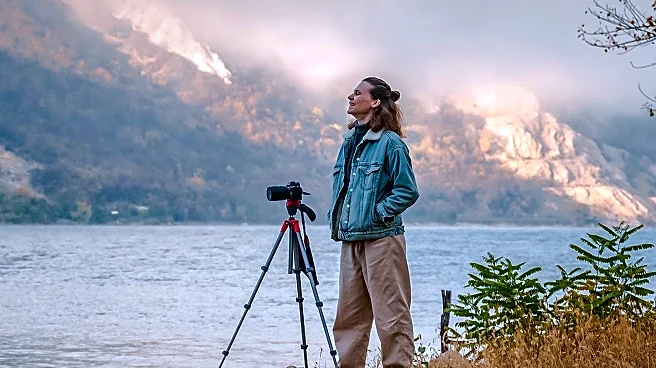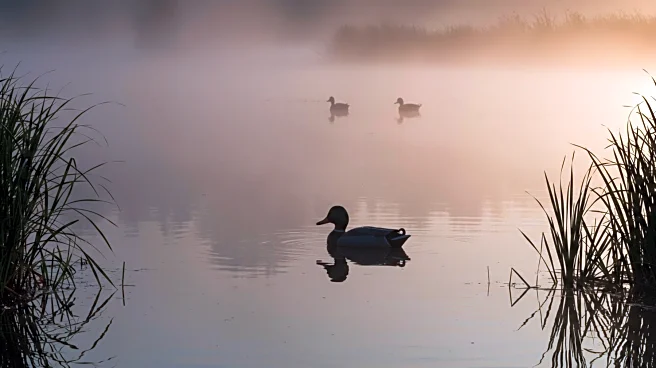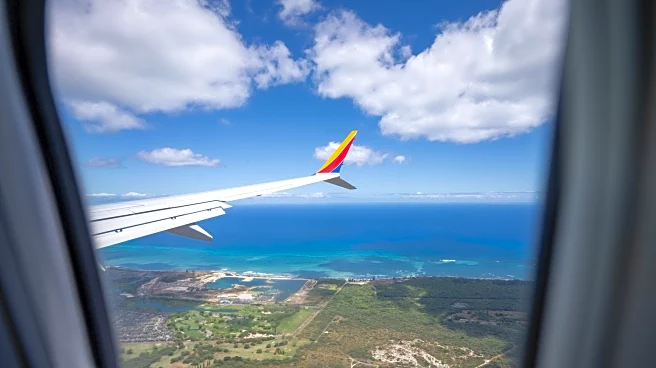What's Happening?
Alec Luhn, a 38-year-old climate journalist from Wisconsin, survived a life-threatening ordeal while hiking in Norway's Folgefonna National Park. During a solo hike in late July, Luhn fell down a steep cliff, breaking his femur and losing essential supplies, including his cell phone and water canteen. Stranded and immobilized, Luhn endured six days in the wilderness, resorting to drinking his own urine to stay hydrated. His wife, Veronika Silchenko, alerted Norwegian authorities when he missed his return flight to the UK. A rescue operation was launched, and Luhn was eventually spotted and rescued by a helicopter team after several days of harsh weather conditions.
Why It's Important?
This incident highlights the risks associated with solo hiking in remote and challenging environments. It underscores the importance of preparation and communication when undertaking such expeditions. Luhn's survival story serves as a cautionary tale for adventurers, emphasizing the need for proper gear and contingency plans. The event also demonstrates the effectiveness of international cooperation in search and rescue operations, as Norwegian authorities successfully coordinated a complex rescue mission. The story may prompt discussions on safety measures and regulations for hikers in national parks, potentially influencing public policy and outdoor recreation guidelines.
What's Next?
Following his rescue, Luhn is expected to recover from his injuries and reunite with his family. The incident may lead to increased awareness and education on hiking safety, particularly for solo adventurers. Authorities in Norway and other countries with similar terrains might review and enhance safety protocols to prevent future incidents. Additionally, Luhn's experience could inspire further dialogue on the role of technology and emergency communication devices in ensuring the safety of hikers in remote areas.
Beyond the Headlines
Luhn's ordeal raises ethical questions about the responsibilities of individuals and authorities in ensuring safety in wilderness areas. It also highlights the psychological impact of isolation and survival situations, which could be explored in future studies. The incident may influence cultural perceptions of adventure and risk-taking, potentially leading to a shift in how such activities are approached and valued.













